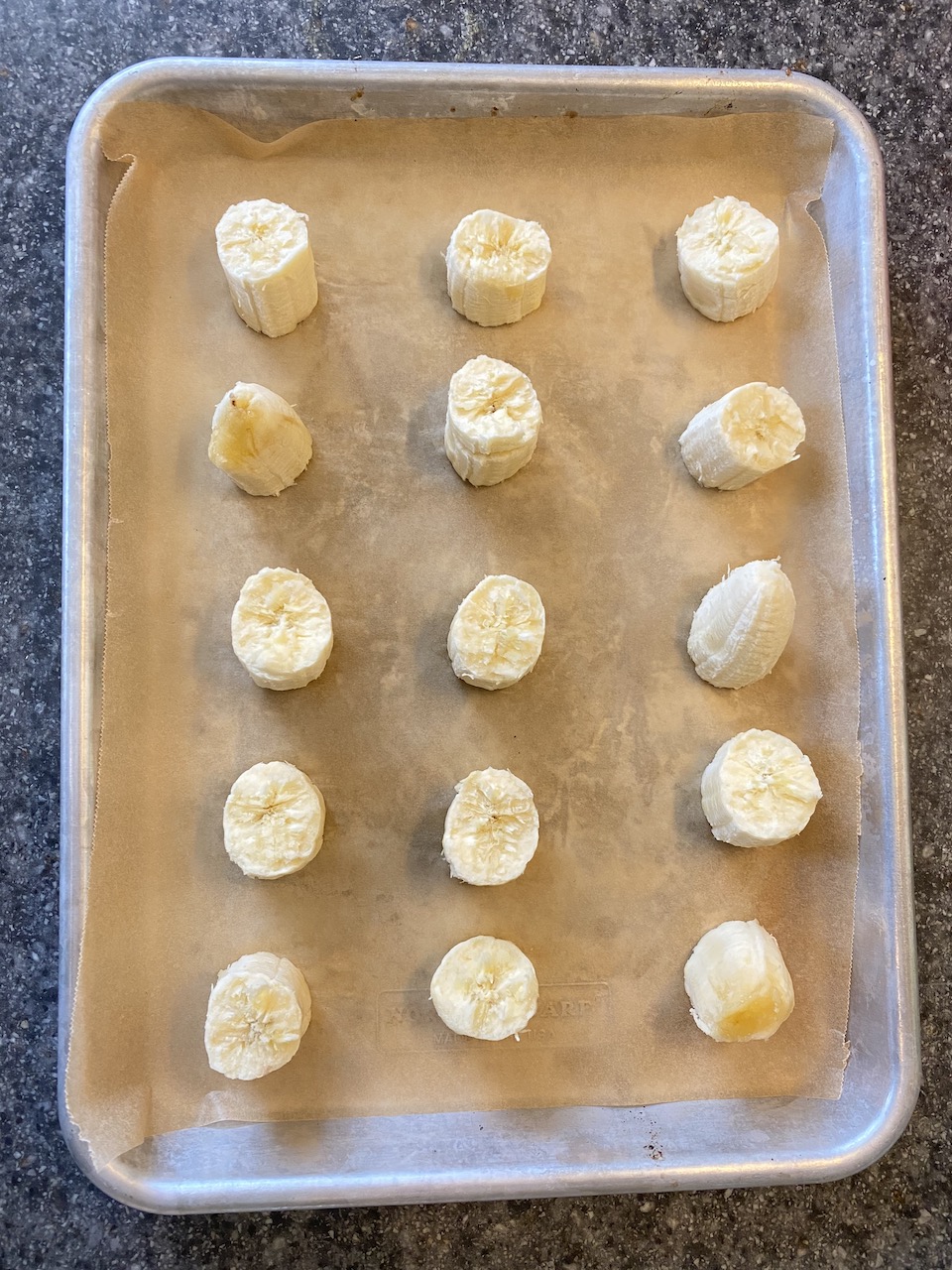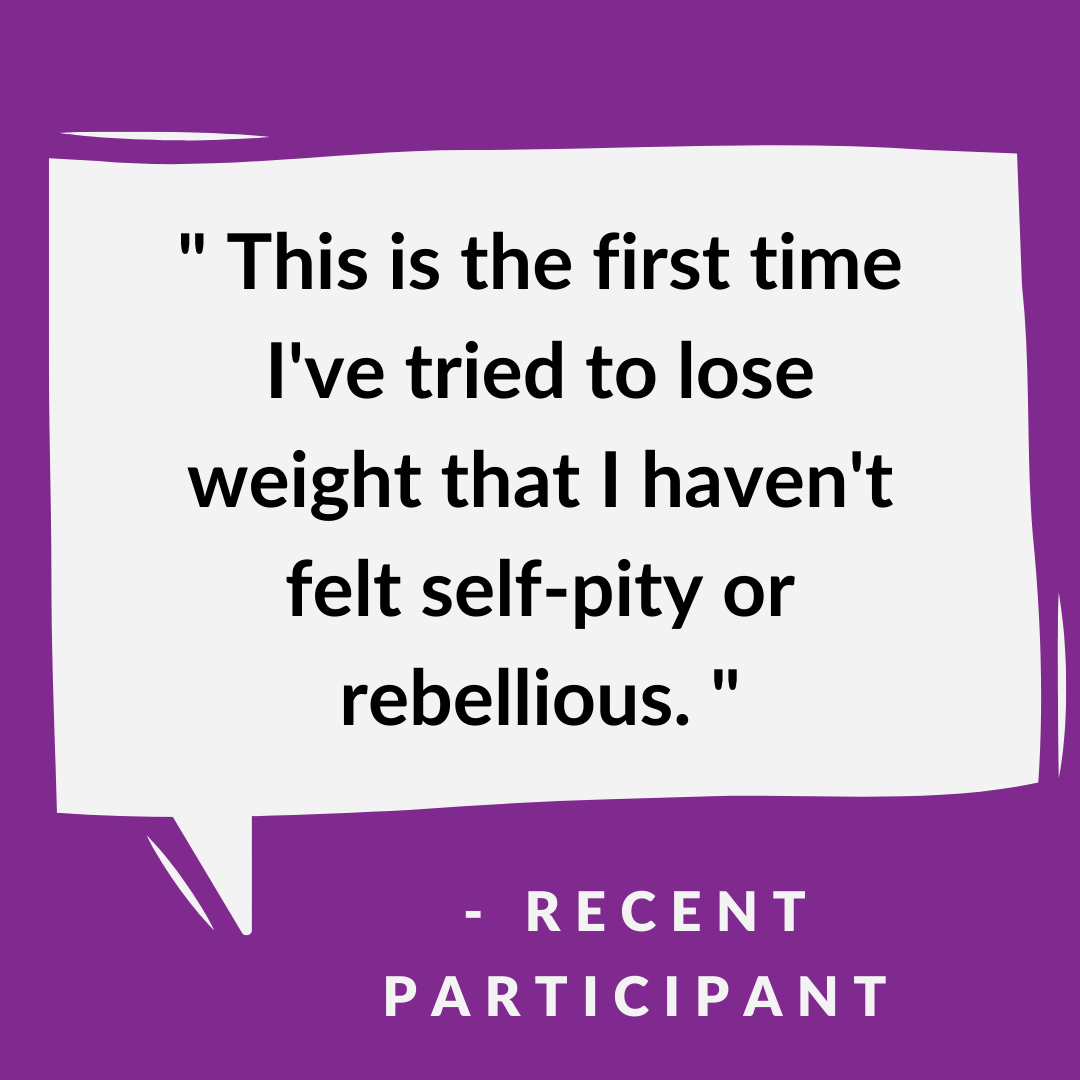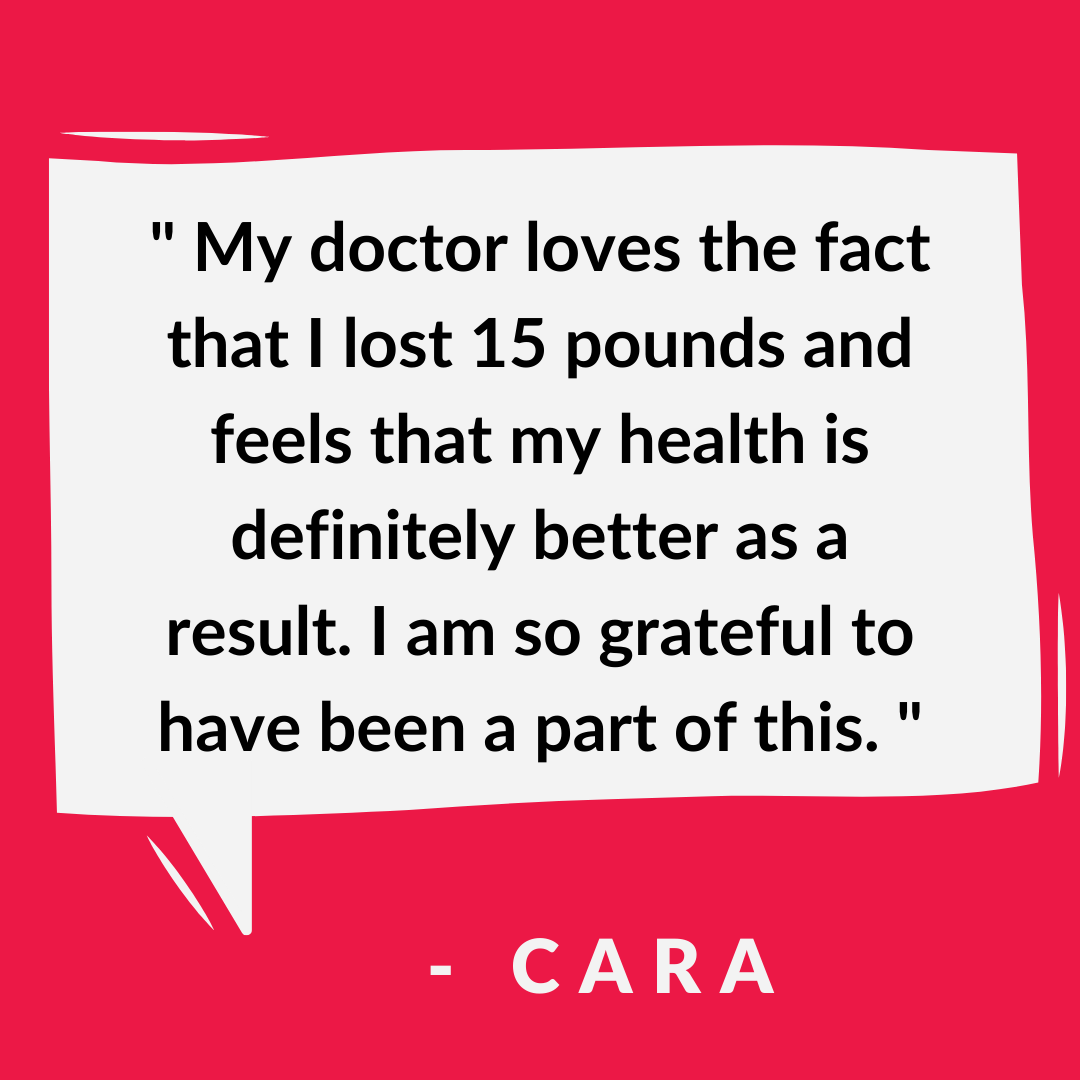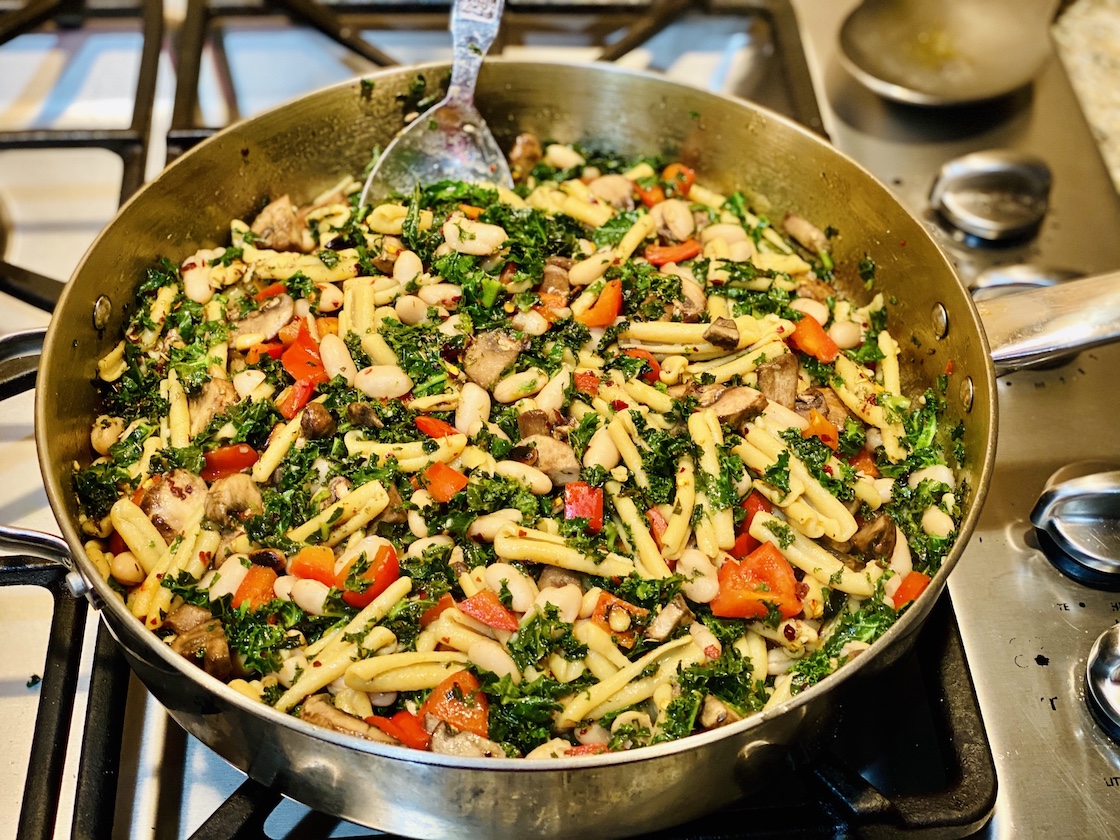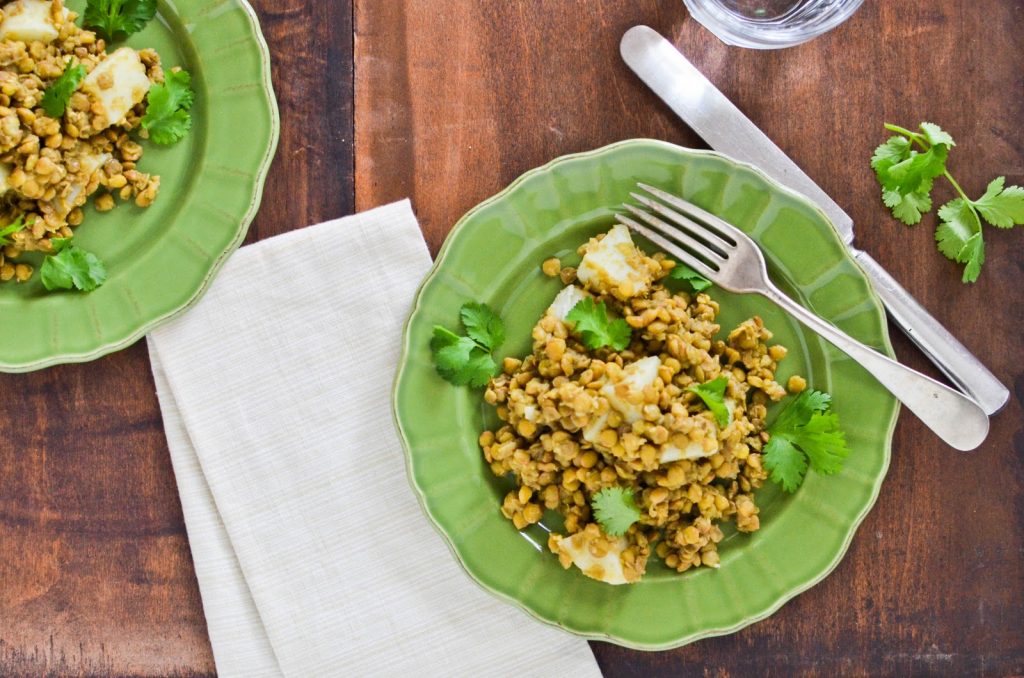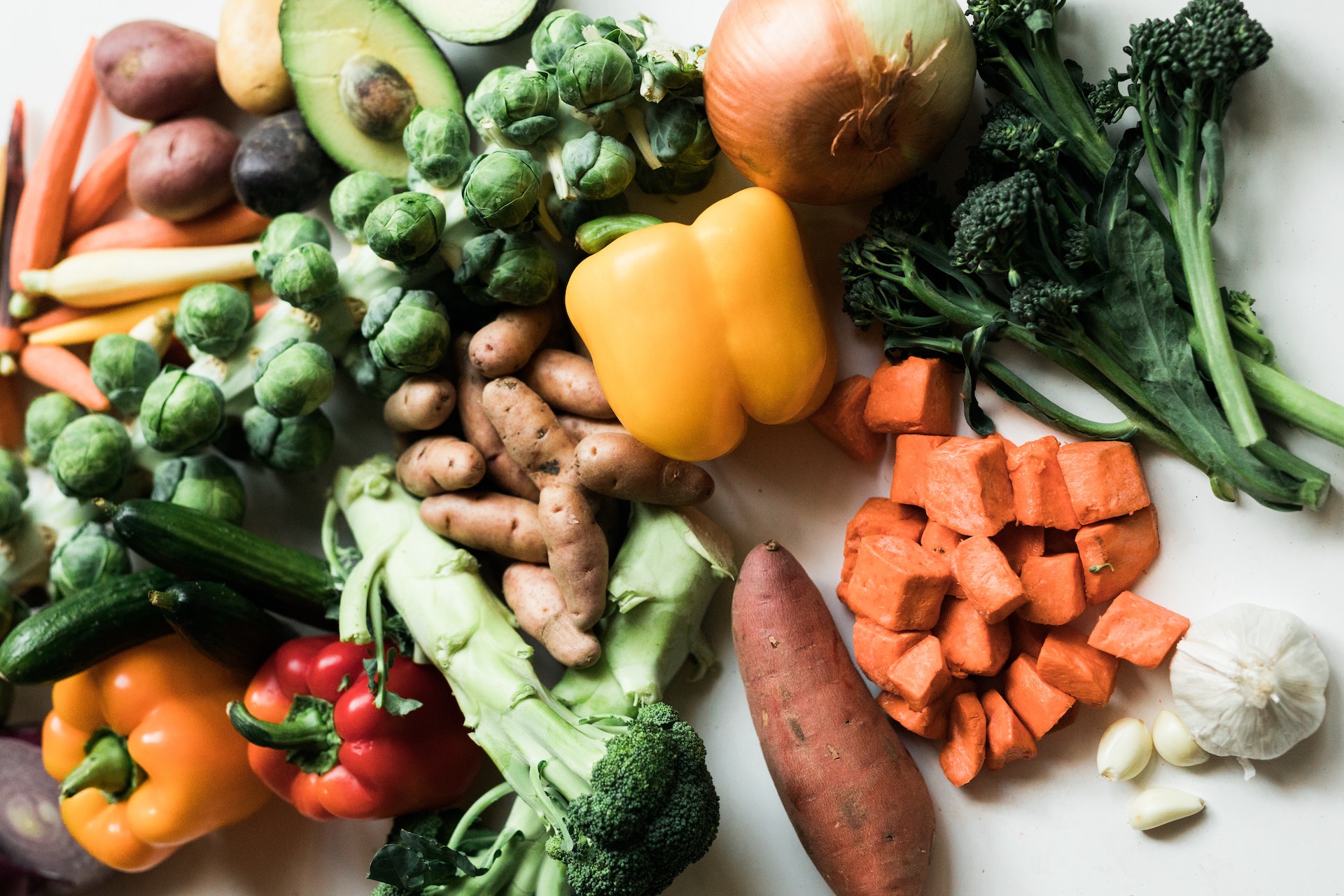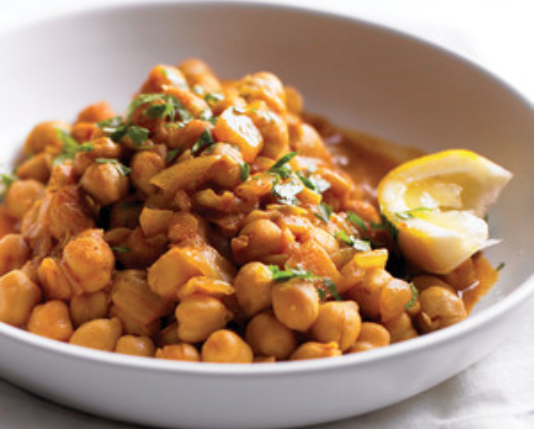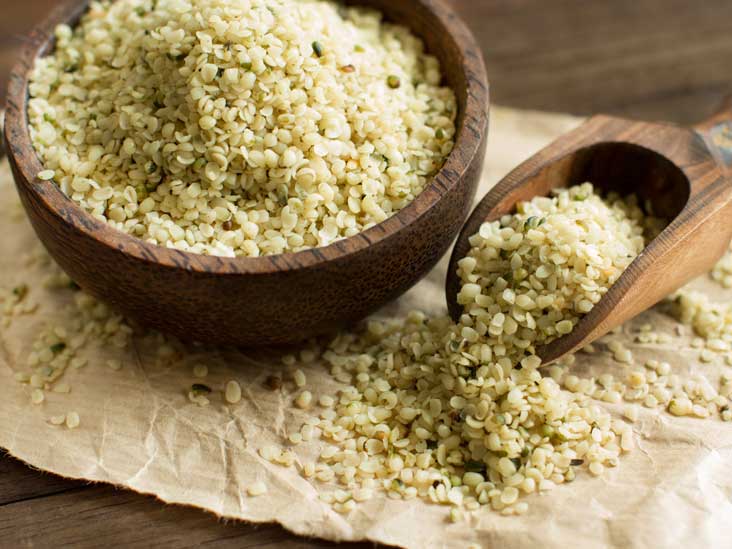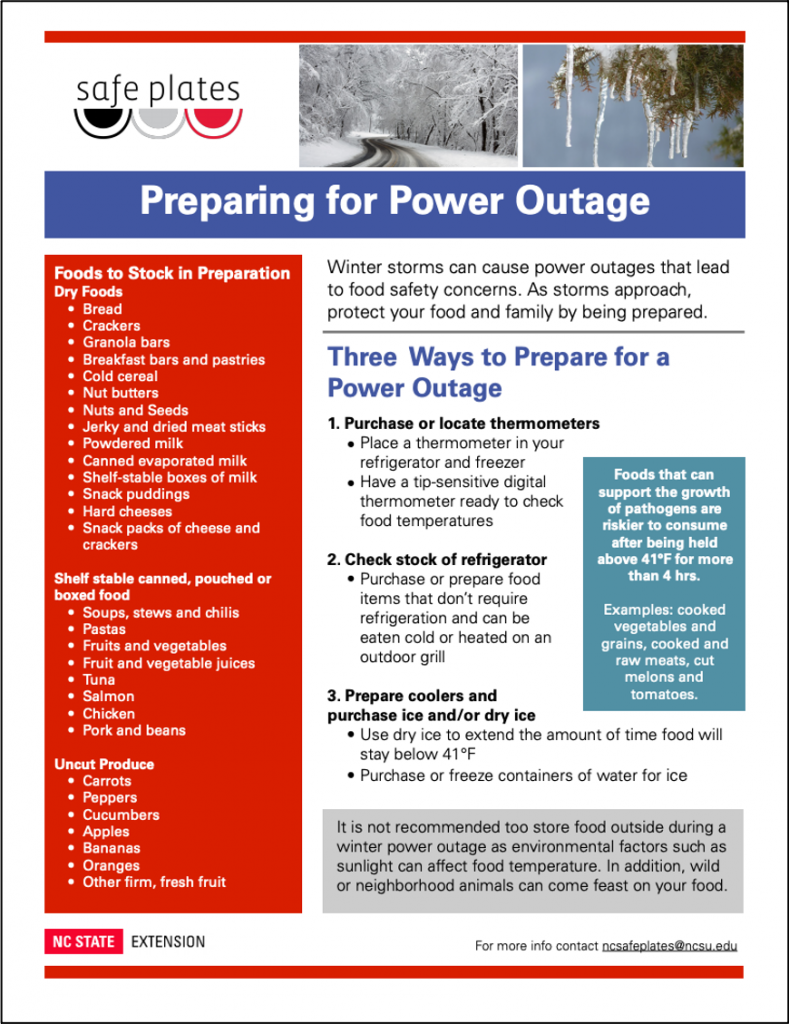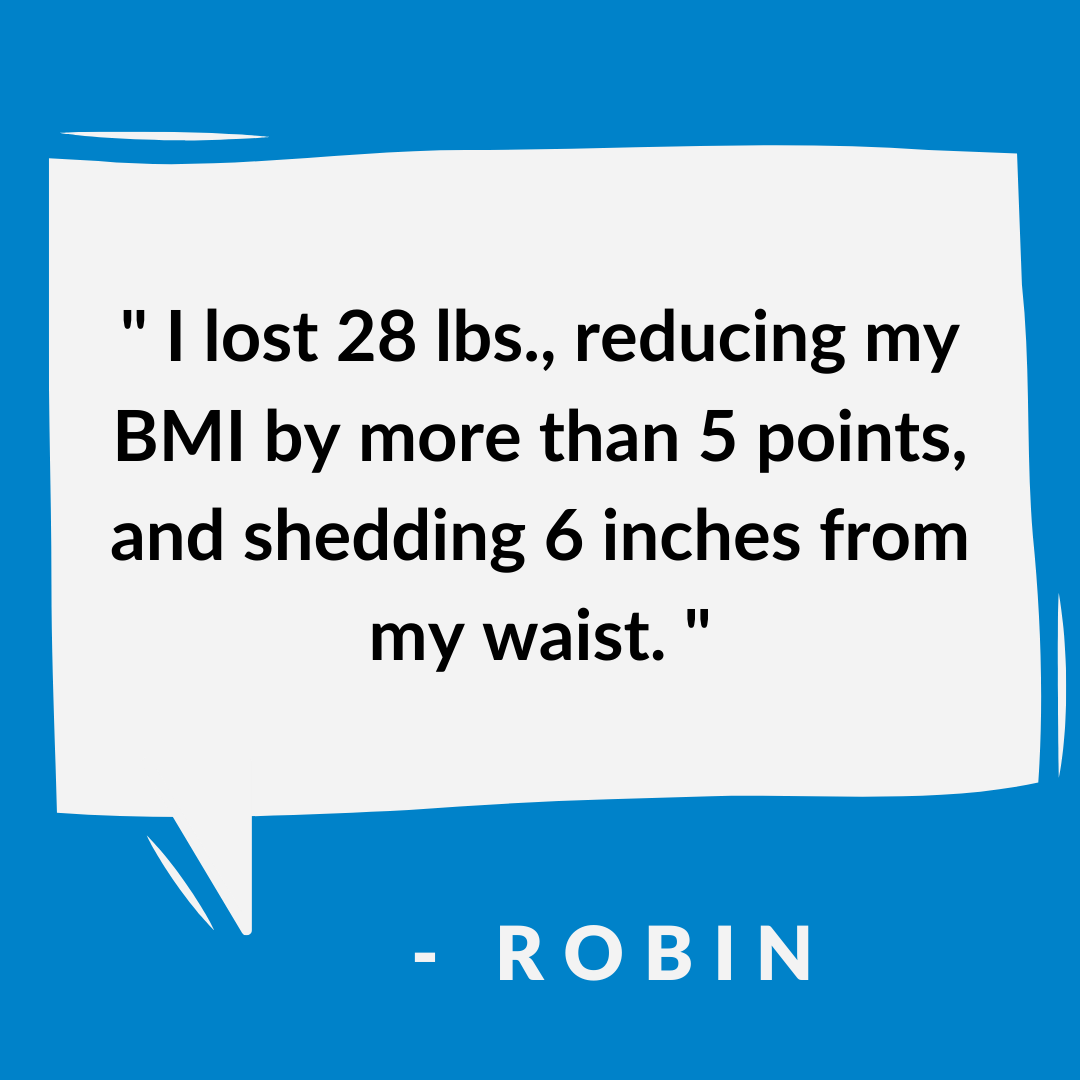
Below is a testimonial from an Eat Smart, Move More, Prevent Diabetes participant:
I’m sad that my year with Eat Smart, Move More, Prevent Diabetes has come to an end today. What a life-changing year it has been. In the midst of a global pandemic, this program helped me to manage the stress and isolation, and instead of gaining weight, as I feared that I would, I lost 28 lbs., reducing my BMI by more than 5 points, and shedding 6 inches from my waist. I couldn’t be more excited about that! But what I am most excited about is that, at age 57, I feel healthier than I have in 30 years or more.
Cara is an amazing instructor and beautiful human. Her constant encouragement and helpful tips, in addition to the wealth of science and strategies for maintaining a healthy lifestyle, were just what I needed, and I am so grateful! My husband had a heart attack last month, and when I brought him home from the hospital, I knew that all I had learned over this past year had well-prepared me to successfully support him in his recovery and return to maximum health. I could write pages about the value of this program, but I will wrap it up by saying that I feel like a different person than I did a year ago. I am healthier, happier, and excited about my new life filled with more energy and vitality. Thank you, Cara, and Eat Smart, Move More, Prevent Diabetes, from the bottom of my healthy heart! ♥️
– Robin, an Eat Smart, Move More, Prevent Diabetes participant
You may also enjoy:
“This is the first time I’ve tried to lose weight that I haven’t felt self-pity or rebellious.”
“My doctor loves the fact that I lost 15 pounds…”
“I highly recommend to anyone who is interested in feeling better and having more energy!”
Don’t miss another great blog: Subscribe Now

